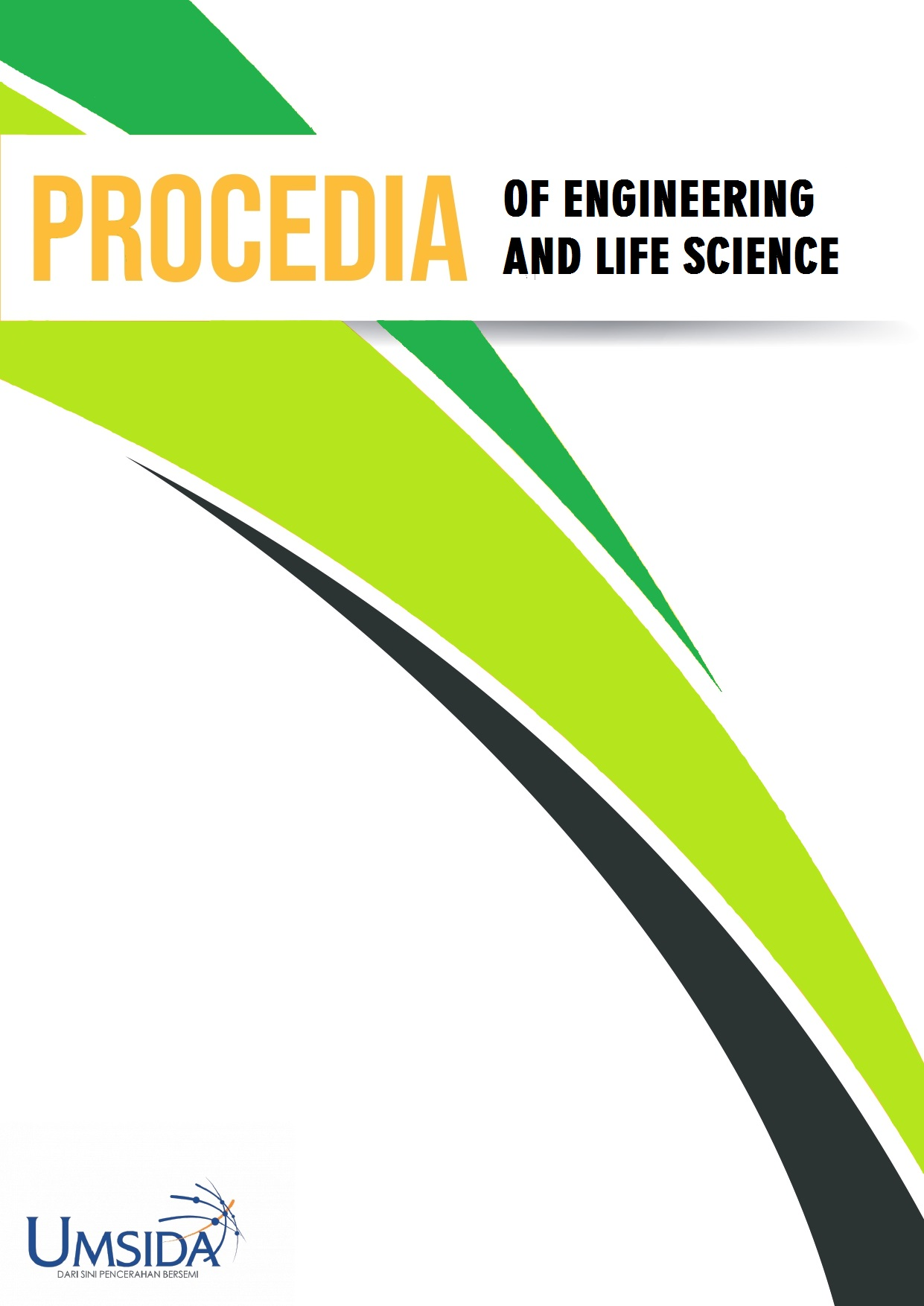Literature Riview: Analysis of Readiness for Implementing Electronic Medical Record Policy in Hospital Health Service Facilities
DOI:
https://doi.org/10.21070/pels.v6i0.1972Keywords:
Policy, Electronic Medical Record, HospitalAbstract
IT advancements in healthcare services, particularly the use of Electronic Medical Records (EMR) are expected to increase the efficiency and quality of health services. However, there are still many obstacles during the implementation of EMR in Indonesia in accordance with government directives based on the Minister of Health Regulation Number 24 of 2022, which requires all health facilities to implement this technology. A literature review approach on electronic medical records was used by examining various studies on the readiness for EMR implementation in hospitals. Based on research findings, the readiness for EMR implementation is influenced by various important factors such as technological infrastructure, human resource (HR) policies, management support, and organizational culture. Analysis using the diffusion of innovation theory shows that the benefits of EMR in improving service efficiency and excellence are widely recognized. Nevertheless, challenges remain regarding compatibility with the complexity of current work practice systems for certain users and the need for additional testing. This study concludes that although there is considerable readiness to adopt EMR, further efforts are needed in modifying HR training infrastructure and user engagement to improve the implementation of EMR in health facilities in Indonesia.
Downloads
References
H. D. J. Pohan, A. Sulisna, and S. A. Meliala, “Factors inhibiting the implementation of electronic medical records (EMR) at Klinik Aksara in 2022,” Indonesian Trust Health Journal, vol. 5, pp. 45–50, 2022, doi: https://doi.org/10.37104/ithj.v5i1.98.
I. Sudirahayu and A. Harjoko, “Analysis of readiness for the implementation of electronic medical records using DOQ-IT at RSUD Dr. H. Abdul Moeloek Lampung,” JISPH, vol. 1, no. 3, Sep. 2017, doi: 10.22146/jisph.6536.
Y. Pribadi, S. Dewi, and H. Kusumanto, “Analysis of readiness for the implementation of electronic medical records at Kartini Hospital Jakarta,” Journal of Health Sciences, vol. 8, no. 2, 2018, doi: https://doi.org/10.52643/jbik.v8i2.293.
M. Khasanah, “Challenges in implementing electronic medical records for healthcare institutions,” Jurnal Sainstech, vol. 7, 2020. [Online]. Available: https://sainstech.poltekindonusa.ac.id/index.php/view/article/view/182
M. Ghazisaeedi, N. Mohammadzadeh, and R. Safdari, “Electronic Health Record (EHR) as a vehicle for successful healthcare best practices,” Medical Archives, vol. 68, no. 6, pp. 419–419, 2014, doi: 10.5455/medarh.2014.68.419-421.
M. K. Maha Wirajaya and N. M. U. K. Dewi, “Analysis of the readiness of Dharma Kerti Tabanan Hospital to implement electronic medical records,” JkesVo, vol. 5, no. 1, p. 1, Feb. 2020, doi: 10.22146/jkesvo.53017.
V. Yoga, B. Jaka, and M. Yanti, “Analysis of the readiness for the implementation of electronic medical records (EMR) at RSUP Dr. M. Djamil Padang,” B-Dent, vol. 8, pp. 71–82, 2021, doi: https://doi.org/10.33854/jbd.v8i1.598.g319.
E. W. Faida and A. Ali, “Analysis of readiness for the implementation of electronic medical records with the DOQ-IT approach (Doctor’s Office Quality-Information Technology),” JurnalMIKI, vol. 9, no. 1, p. 67, Mar. 2021, doi: 10.33560/jmiki.v9i1.315.
M. Mailin, G. Rambe, A. Ar-Ridho, and C. Candra, “Media theory/innovation diffusion theory,” JGK, vol. 6, no. 2, p. 168, Mar. 2022, doi: 10.24114/jgk.v6i2.31905.
A. Boonstra and M. Broekhuis, “Barriers to the acceptance of electronic medical records by physicians: from systematic review to taxonomy and interventions,” BMC Health Serv Res, vol. 10, no. 1, p. 231, Dec. 2010, doi: 10.1186/1472-6963-10-231.
R. J. Holden and B.-T. Karsh, “The Technology Acceptance Model: Its past and its future in healthcare,” Journal of Biomedical Informatics, vol. 43, no. 1, pp. 159–172, Feb. 2010, doi: 10.1016/j.jbi.2009.07.002.




